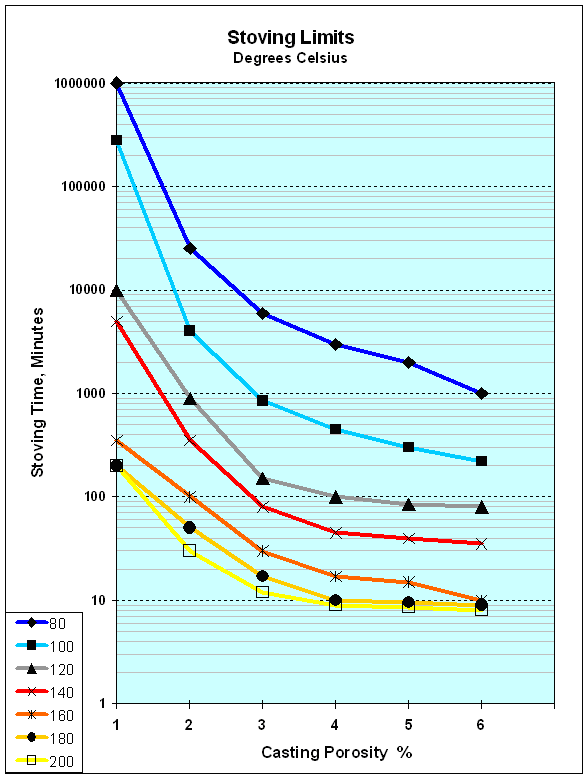Finishing
General Comments
Zinc alloy diecastings can be finished by a wide variety of techniques if desired, but the majority are used without any surface coating, either in the as cast condition or with a very low cost vibratory treatment. This is because the material is perfectly acceptable for most uses in the uncoated state, and the cost of a finishing is therefore avoided.
When used indoors the surfaces of zinc diecastings do little more than dull with age. Outdoor exposure gives variable results depending on the severity of the environment, in most circumstances the casting will darken with age but in severely corrosive environments “white rusting” will occur. White rusting is more unsightly than it is damaging to the integrity of the casting and where long-term appearance is not important it is often not necessary to apply any finish, even in quite severely corrosive external environments. It should be remembered that the largest use of zinc is for corrosion prevention purposes, which it fulfils because of its low self-corrosion rate together with its ability to sacrificially protect ferrous materials.
Under most circumstances zinc diecasting alloys corrode at similar rates to commercially pure zinc. The actual corrosion rate depends heavily on the environment ranging from an average of about 3 microns per annum in a rural environment, up to about a maximum of around 10 microns per annum in industrial and marine atmospheres. Experience shows that severe localised corrosion is rarely if ever experienced even when the diecasting is in contact with steel or brass, with the exception of situations where the casting is completely immersed or where water is trapped at the interface between the materials.
When a decorative finish is required zinc alloy diecastings may be electroplated, electropainted, powder coated or wet painted. All of these finishes may also be used for additional corrosion protection, but the lowest cost method of improving corrosion resistance is a simple dip passivation treatment The surface finish quality demanded of a diecasting intended for organic coating is less than for electroplating. However finishing processes that apply thin coatings, such as electrophoretic painting or wet spray, still demand a good standard of surface finish on the diecasting when it is intended for decorative applications
The surface hardness and wear resistance of zinc alloys can be enhanced by hard chromium electroplating or electroless nickel plating. Surface friction can be reduced with dry film lubricants or nickel PTFE coatings. Occasionally it may be desirable to make solder joints to a zinc diecasting, electroplating with copper or copper followed by tin will facilitate this.
Stoving Time and Temperature Limits
Zinc diecastings can be stoved within the approximate maximum limits shown in the chart below. Note that the figures are approximate because the size and distribution of the porosity is as important as the overall porosity level.
